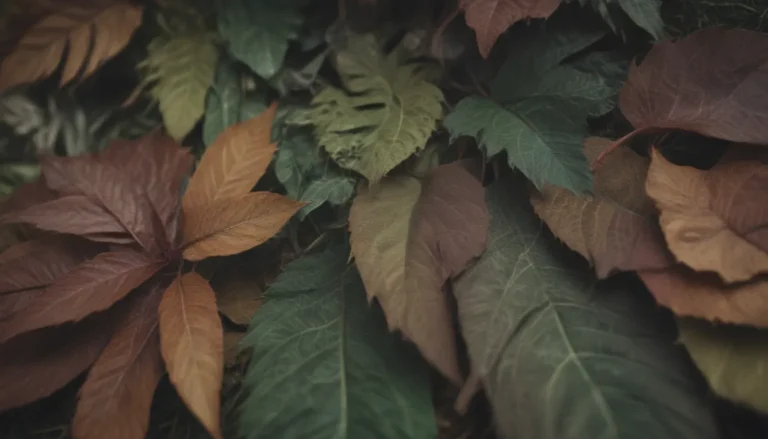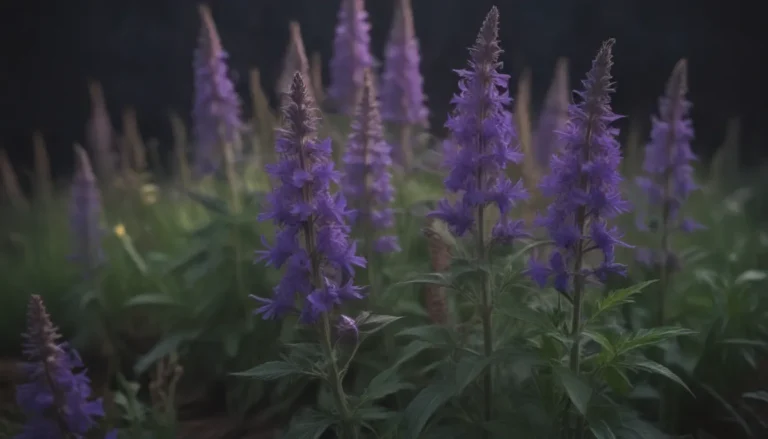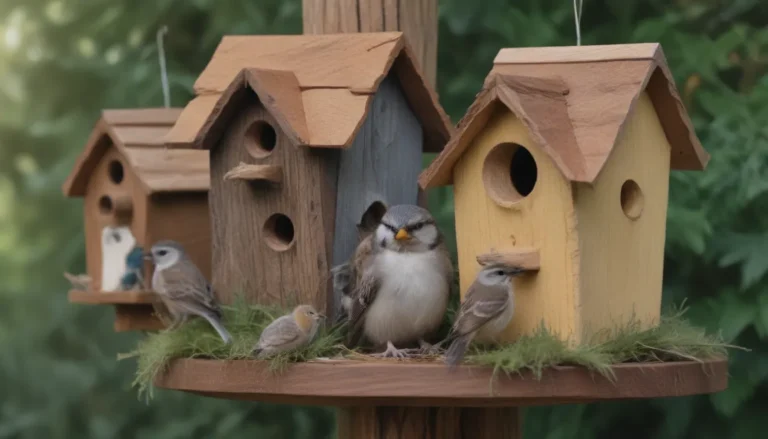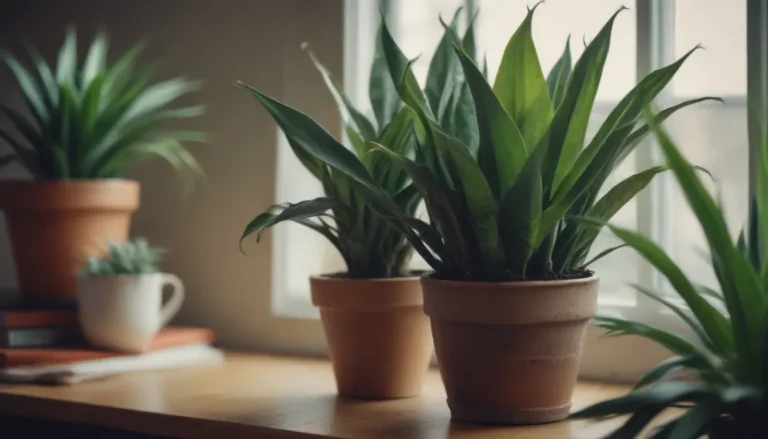The Ultimate Guide to Growing Alocasia Wentii: A Beautiful and Easy-to-Care-For Plant
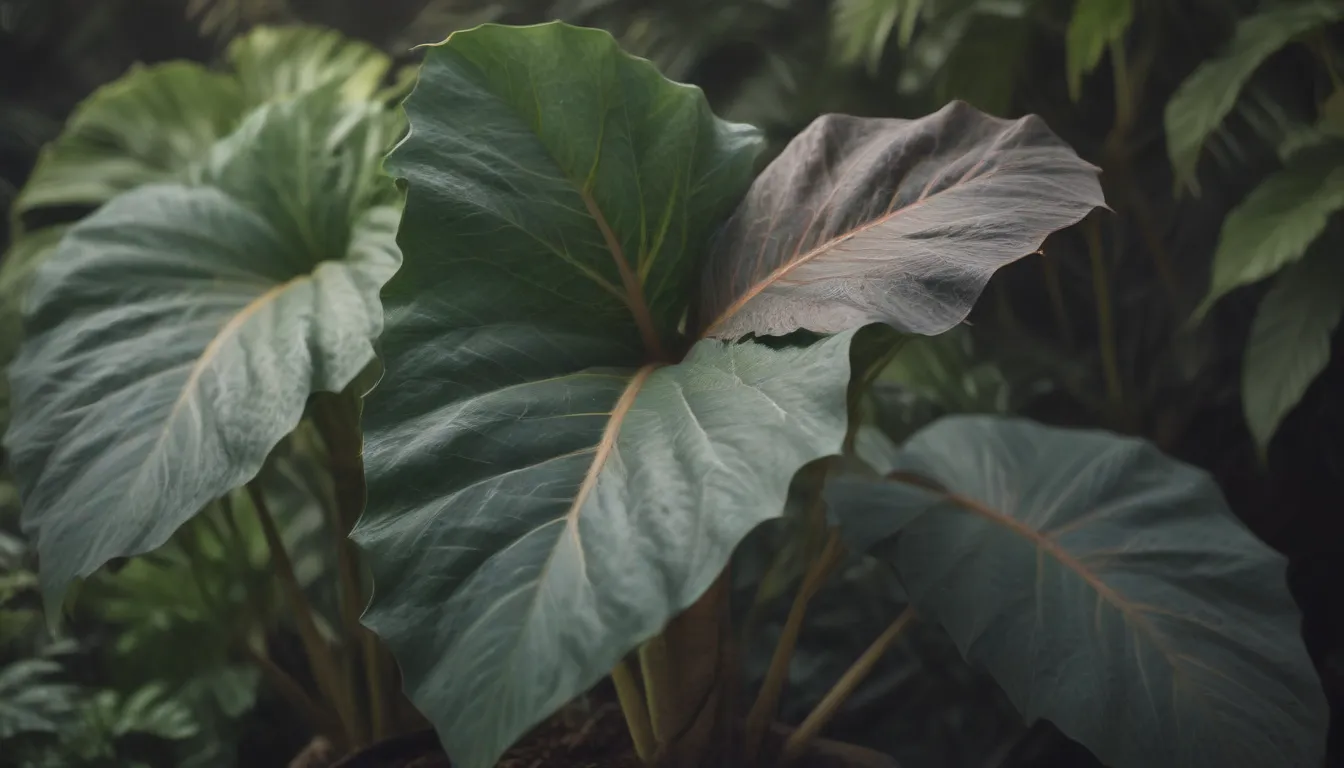
Are you looking to add a touch of tropical beauty to your home? Alocasia wentii, also known as the hardy elephant ear or New Guinea shield, is the perfect plant for you. In this comprehensive guide, we will explore everything you need to know about growing and caring for alocasia wentii. From light and soil requirements to pruning and propagation, we’ve got you covered. So let’s dive in and discover how easy it is to grow this stunning plant!
Understanding Alocasia Wentii
Alocasia wentii is a tall variety of alocasia that can grow up to 5 feet tall indoors. With its arrow-shaped leaves that can reach up to a foot in length, this plant is a showstopper. While it thrives in warm USDA hardiness zones 8 to 10 outdoors, it is also a fantastic houseplant if you can provide it with the right conditions.
Alocasia Wentii Care
Here are some essential care requirements for growing alocasia wentii:
Light
Alocasia wentii thrives in bright, indirect light. Too much direct sun can lead to leaf scorch, while too much shade can result in leggy growth. Consider using grow lights if your home lacks natural light, and position your plant near a north or east-facing window for optimal growth.
Soil
Alocasia wentii prefers fertile and loamy soil. A well-draining mix of perlite, coco coir, and potting soil is ideal for this plant. Some enthusiasts also use LECA as a sustainable potting medium.
Water
Consistent moisture is key to a healthy alocasia wentii. Water your plant when the top inch or two of soil is dry, ensuring that the roots do not sit in soggy conditions. Avoid overwatering to prevent root rot and underwatering to prevent wilting.
Temperature and Humidity
Alocasia wentii thrives in temperatures ranging from 68°F to 77°F but can tolerate colder temperatures down to 45°F. Keeping humidity levels between 60 percent and 70 percent is essential for this plant. Consider using a humidifier if your home has low humidity levels.
Fertilizer
Alocasia wentii is a heavy feeder and benefits from regular fertilization during the growing season. Use a balanced, liquid houseplant fertilizer every two to three weeks for optimal growth.
Pruning
Pruning alocasia wentii is simple. Remove any unhealthy or dying leaves to direct nutrients to new growth and maintain the plant’s appearance.
Propagating Alocasia Wentii
While propagating by stem cutting is not possible, alocasia wentii can be easily propagated through division of rhizomes or repotting corms.
Propagate by Division
To propagate your alocasia wentii by division, follow these steps:
- Look for offshoots in the pot of your plant.
- Remove these offshoots and repot them in the spring.
Potting and Repotting Alocasia Wentii
Alocasia wentii prefers to be slightly rootbound and does not need frequent repotting. When it shows signs of being rootbound, select a pot that is 2 to 4 inches larger in diameter than the current one.
Overwintering
If you’re growing alocasia wentii outdoors, consider overwintering it indoors when temperatures drop below freezing. Return the plant outside in the spring when the risk of frost has passed.
Common Pests and Problems
Pests like spider mites, mealybugs, fungus gnats, and aphids can be a nuisance for alocasia wentii. Regularly inspect your plant and use organic insecticides to keep pests at bay. Common problems like yellowing leaves, leaf drop, and browning can be indicators of incorrect care practices.
Blooming Alocasia Wentii
While it is rare for alocasia wentii to bloom, creating the right environment with high moisture levels and consistent care can encourage flowering. Deadheading spent blooms can redirect energy back to leaf growth.
Where to Find Alocasia Wentii
Alocasia wentii is a rare variety that may not be readily available in mainstream stores. Consider ordering from online specialist nurseries for this unique plant.
In conclusion, alocasia wentii is a stunning plant that can add a touch of tropical elegance to any indoor space. By following these care guidelines and tips, you can successfully grow and enjoy this beautiful species in your home. Remember to provide the right light, soil, water, temperature, and humidity for your plant to thrive. Happy growing!
Sources:
– Alocasia Wentii. Aroidiaresearch.org
– Are Plants in the Alocasia Genus Poisonous? National Capital Poison Center
– Alocasia. North Carolina Extension Gardener Plant Toolbox
– Alocasia wentii. Aroidpedia
